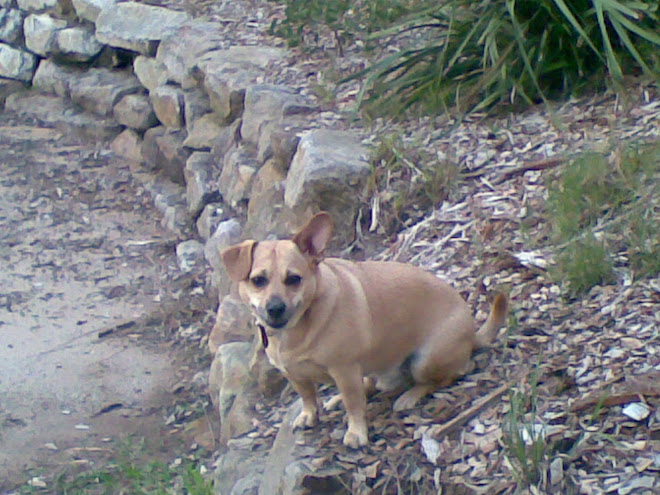Email messages can contain the following information:
- Address of sender and recipient/s
- Subject.
- Date and time the message was sent.
- Message size.
- The user name and mail server of sender and recipient/s (in the address)
- The original author of the message.
- All recipients of the message if it is forwarded CC (carbon copy) to those recipients.
- Otherwise, the recipient marked as the BCC (blind carbon copy) recipient can not see all the addresses the message has been sent to. These recipients will see only themselves as sole recievers of the message.
- Can also contain a digital signature verifiying authenticity.
- I think it can also contain (in the meta data) the number of packets and their sizes.
2. In what cases would you find it useful to use the 'cc', 'bcc' and 'reply all functions of email?
CC would be useful if the sender wishes to forward a copy of a message to all members of a particular group such as fellow employees or interest groups.
Eg: I want to send the minutes of the weekly meeting to all members of my work place via an email. I would forward this email by "CCing" all fellow employee's.
BCC would be useful if the sender wanted to forward a copy of a message to many recipents and wanted a select one or few to be aware of the "bulk-forwarding" perhaps in order to keep private some recipients email details.
Eg: If I wanted to share information in an email I recieved without sharing their email details I would mark all recipients except the last as BCC.
Re BCC
Because I have never used BCC forwarding, I was initially unclear how to apply a BCC forward in an example. After discussing it with friends who use BCC in a proffessional capacity, I understood its application. It's quite easy if I think of it in terms of its name: 'blind carbon copy', a recipient of a BCC is recieving a blind carbon copy of the message - it's a copy that is 'blind' to its original source. Light bulb on!
3. In what ways can you ensure that an attachment you send will be easily opened by the receiver?
Firstly, if the attachment is text, including it in the body of the email message instead of as an attachment. It is easily received this way because it doesn't require an attachment to be opened. If it is not a text attachment, it will be formatted somehow and certain mail servers may not support that format. Keeping the formats simple will make the attachment smaller in size. For example JPEG image files are smaller than tiff. or gif. files. Sending large attachments without prior permission doesn't assist in ease of receipt as the recipient may not have broadband or may have a limited amount of download space which a large attachment will max out - not to mention it's a bit rude. If a large attachment must be sent, winzip or stuffit can be used to zip the file making it smaller to receive.
Smaller attachments are easier to receive for several reasons: they upload faster and the recipient wont use alot of download space.
Overall, it's a good idea in life and online, not to make assumptions-in this case, for ease of receipt of attachment, on the recipients computer capabilities and time.
4. What sorts of filters or rules do you have set up, and for what purpose?
"Notify me when important messages arrive" on normal importance setting for the key words "OUA" "Curtin" "Monash" "University". It notifies me with a lil banner saying "uni mail".
"Exception List" for junk mail and things I'm sick of but once were fun and now they wont go away. I've set these emails coloured grey and straight to the junk folder.
Because my email address is mainly for personal use, I have left the set up as it was when I got it apart from the above mentioned.
5. How have you organised the folder structure of your email and why?
My email folders are arranged into six sections:
1/ Social -Family and friends.
2/ Work - As well as work emails, this folder also includes emails from groups I participate in that are work related: YBI (youth business incentive), YSP (youth suicide prevention), YSN (youth service network), Police youth liasons officer etc.
3/ Uni- all emails from Curtin, Monash and students that have this address. Also included are any emails from uni-books and second hand textbook sites, HECS. I also have a sub-folder in this section for fellow students emails-these are cut and paste from my hotmail addy plus emails from the the few students that have this addy.
4/ Business - Banks, Tax office, RTA, utilities, broadband account, mobile phone etc.
5/My Groups - groups I subscribe to like quickflix, hotmail, YouTube, online mmorpg's, mirc, skype and my newsgroup etc
6/ Other - anything that doesn't fit into the above five groups. Also all groups I subscibe to initially go in here until I decide I really want to stick with them.
Within the folders, the emails are sorted by date because that is an easy way to see the most recent.
This is the way I have always set up my email folders. It seemed the most obvious and effective at the time. The email management information in this unit regarding the best ways to sort folders has made me consider that it's perhaps not the most efficient so this arrangement may change. My concern about changing the folder arrangement is potential confusion and time consumption searching for emails in a new system.
To start my new folder management system, I will re-sort the emails within each folder alphabetically to group them in name. This is an easy change to make and good place to start a more efficient system.

.jpg)
No comments:
Post a Comment